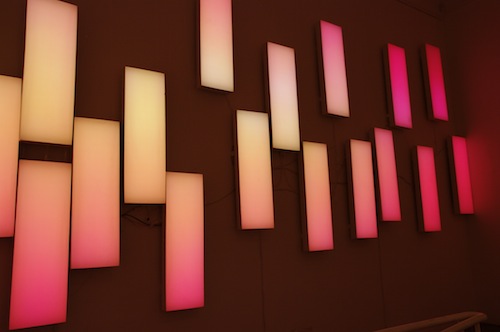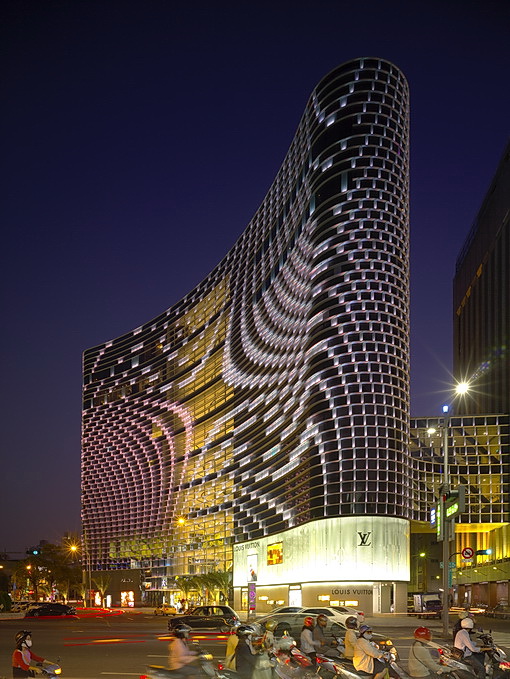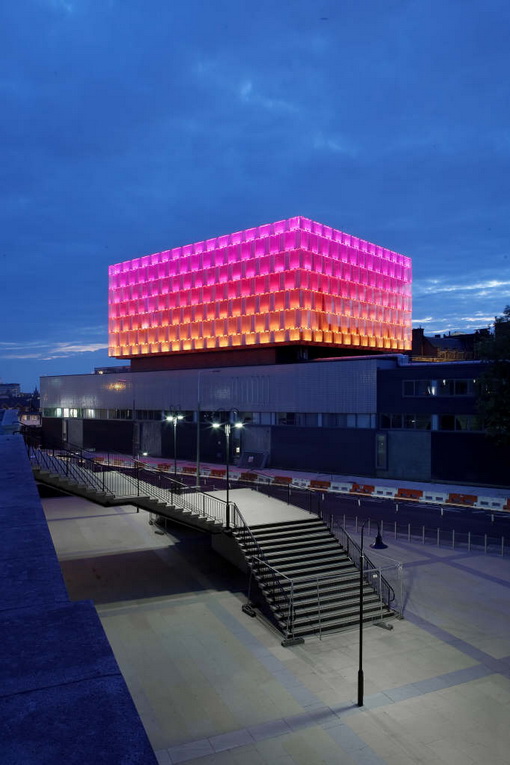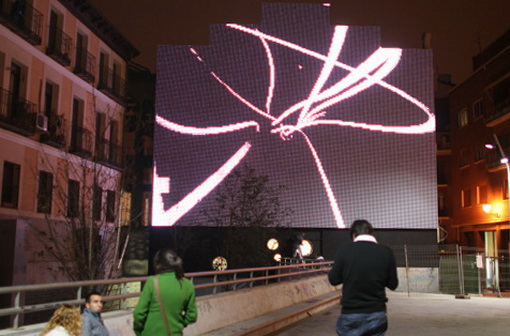
Traxon Technologies innovative lighting fixtures were used to turn a windmill into a sensational piece of LED art. Equipped with over 1,000 ultra bright Dot XL-9 lighting fixtures (9,000 LEDs) the world’s biggest revolving media screen displays a multitude of stunning colors as well as medium-resolution video content. Challenged by the difficult winter-weather conditions as well as the implementation of an installation on a constantly rotating object, artist Michael Pendry chose Traxon as partner for realizing this spectacular project due to its innovative and customizable lighting solutions. IP67-rated the Dot XL offers exactly the flexibility needed for this demanding project. Available with 3, 6 or 9 high performance LEDs per dot casing the single controllable dots are mounted on an elastic cable with customizable pitch offering the possibility of an installation on almost any surface or three-dimensional shape. Furthermore the Dot XL has a robust casing that ensures full outdoor capability.
Controllable by DMX as well as DVI input signals Traxon’s Dot XL displays full color lighting effects and spectacular video animations. Visible from a distance of up to 30 kilometers the LED windmill is a pioneering installation and a symbol for green energy, due to Traxon’s cutting-edge innovation using only as much electricity as one hair dryer or two water kettles.
(more…)
 (more…)
(more…) 




